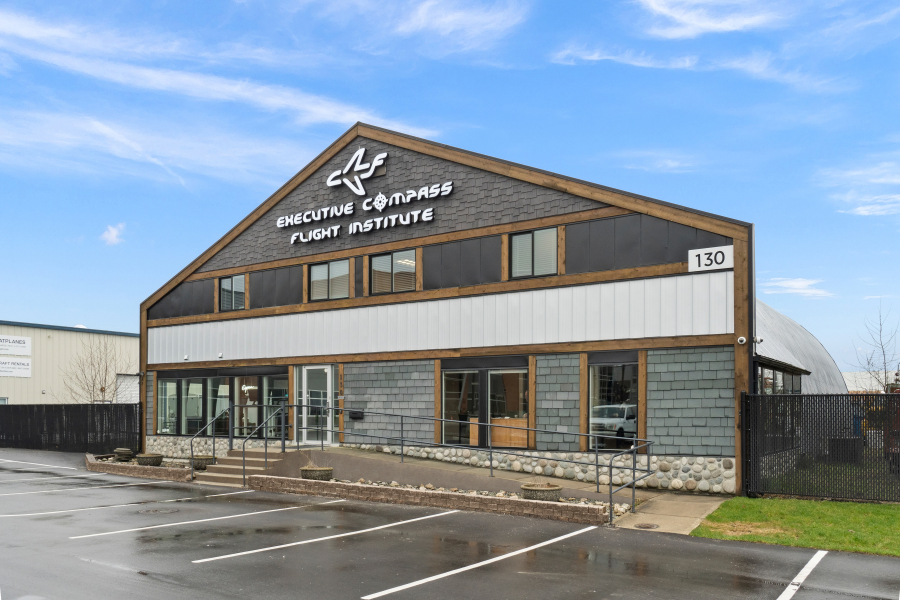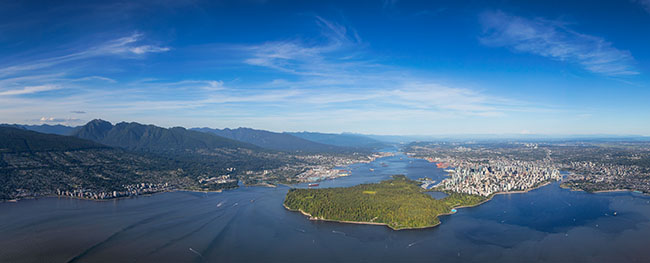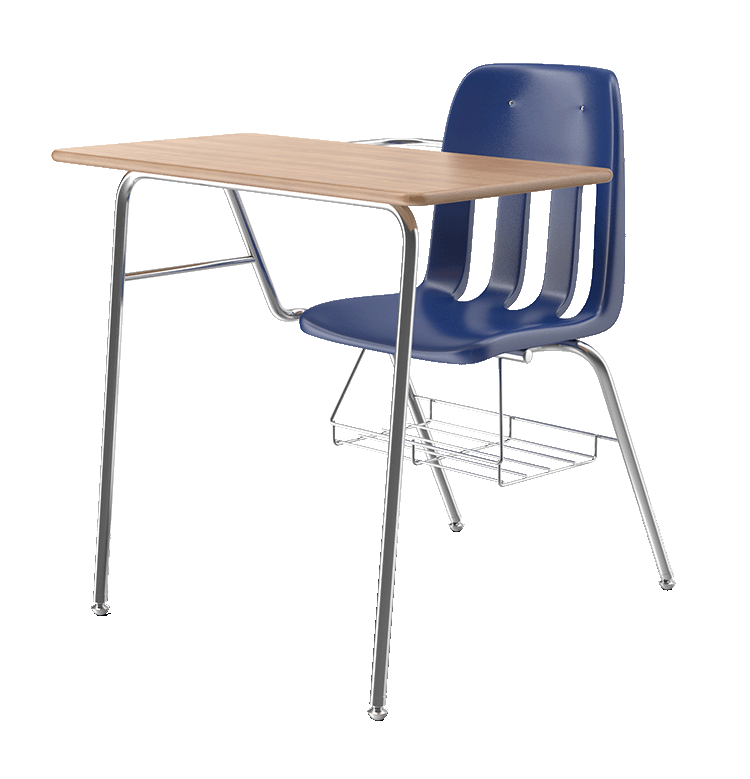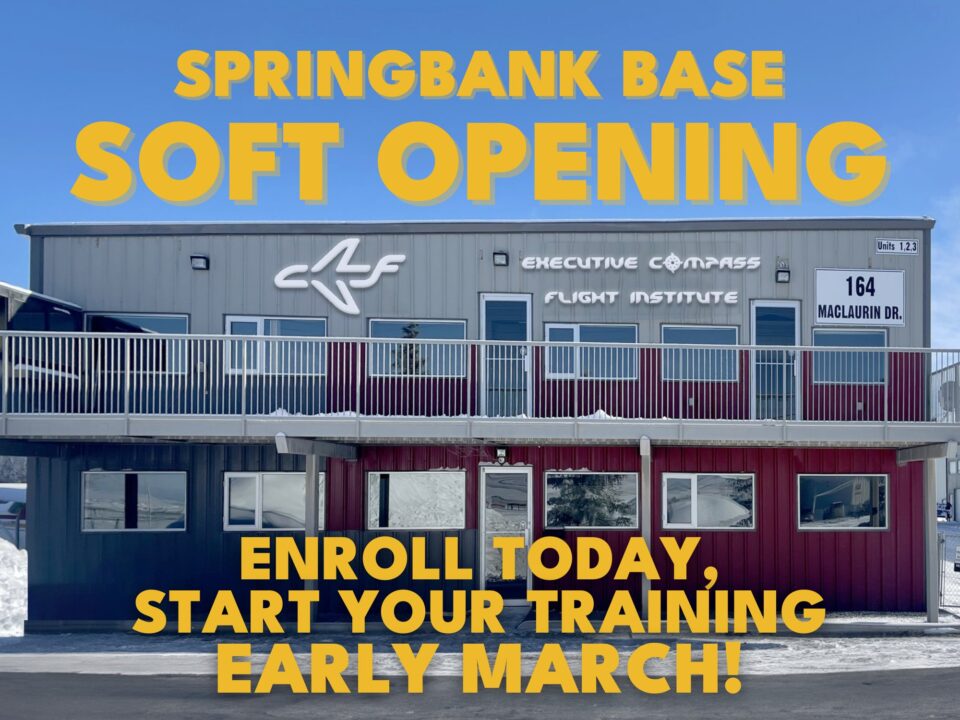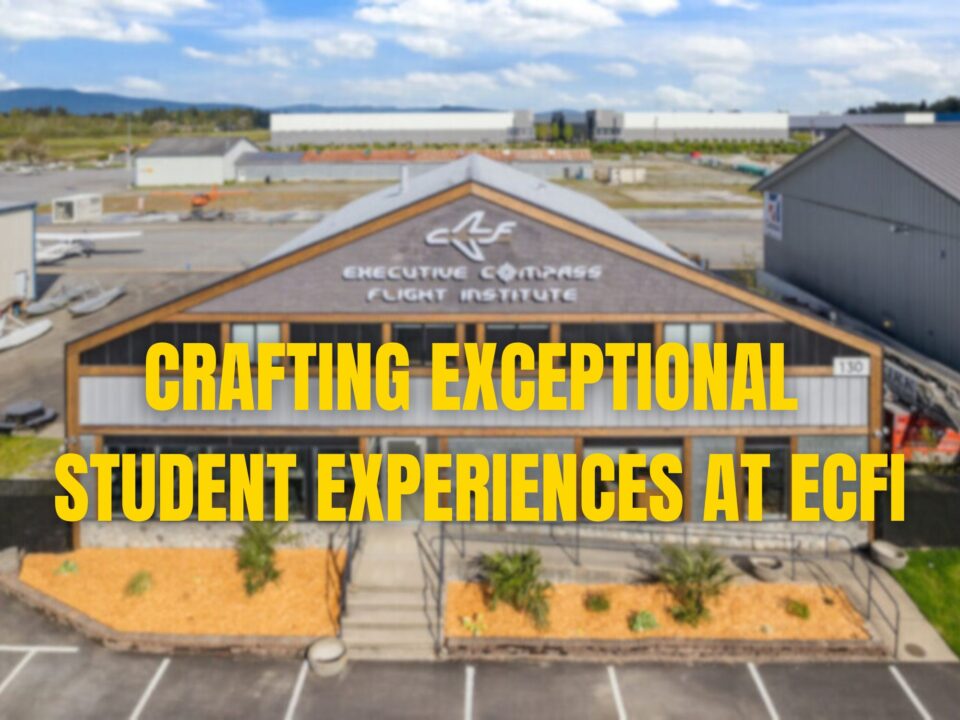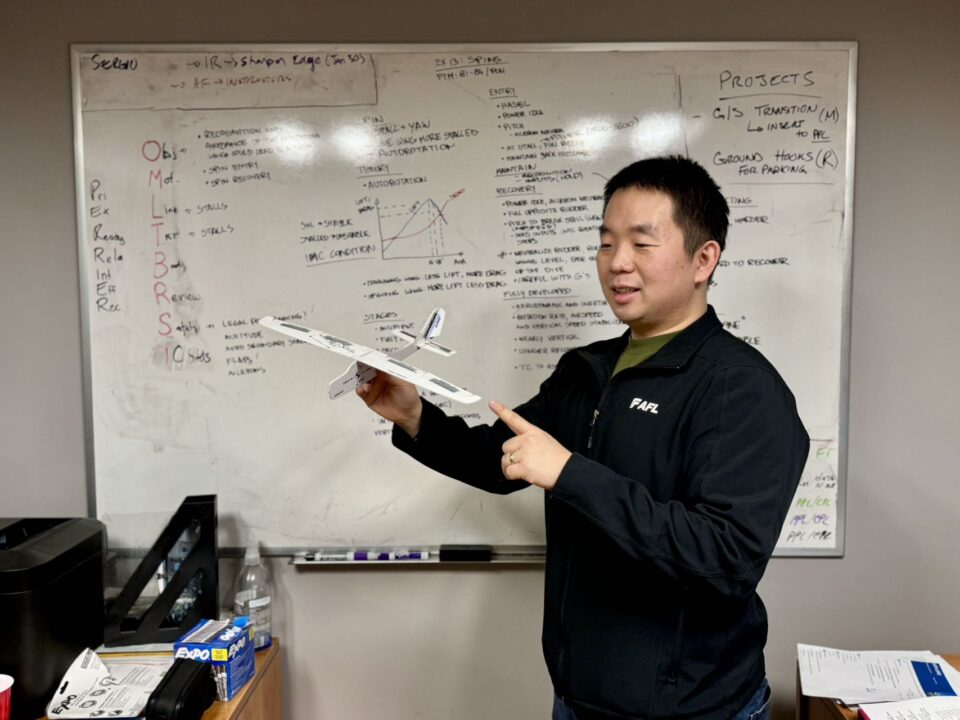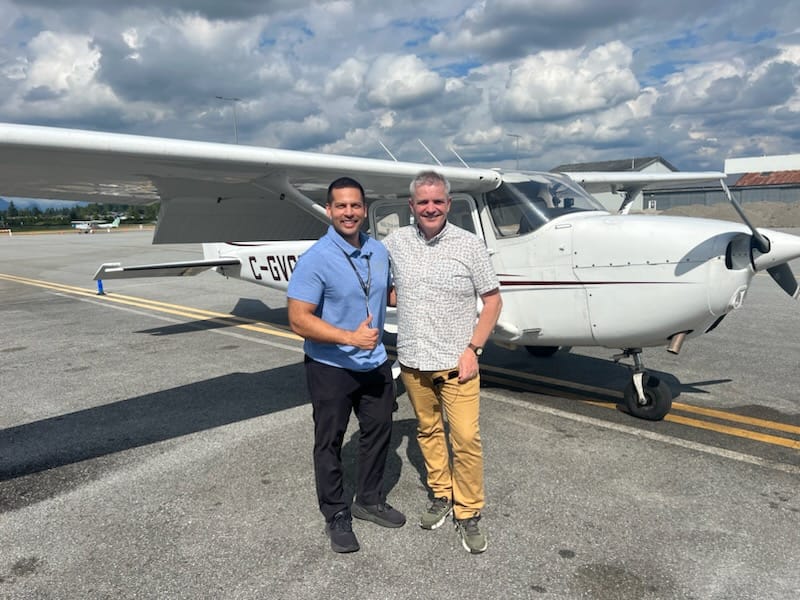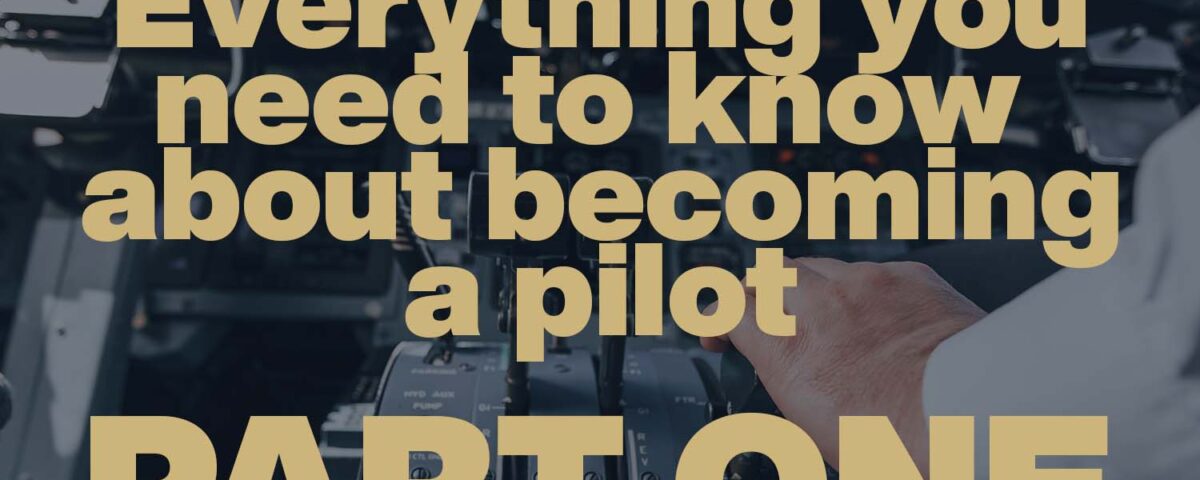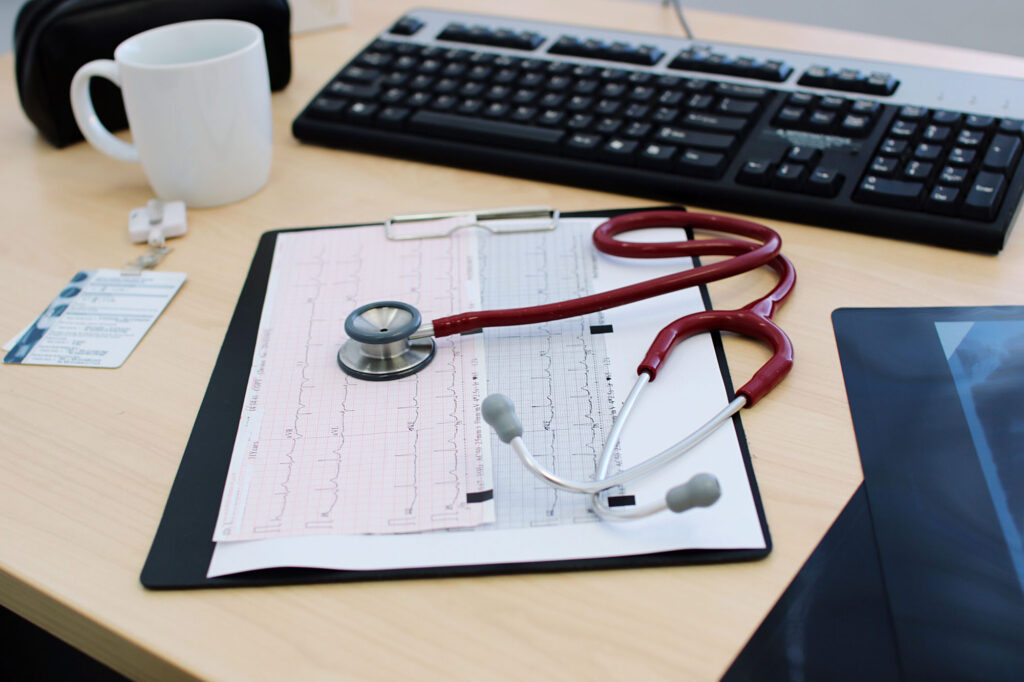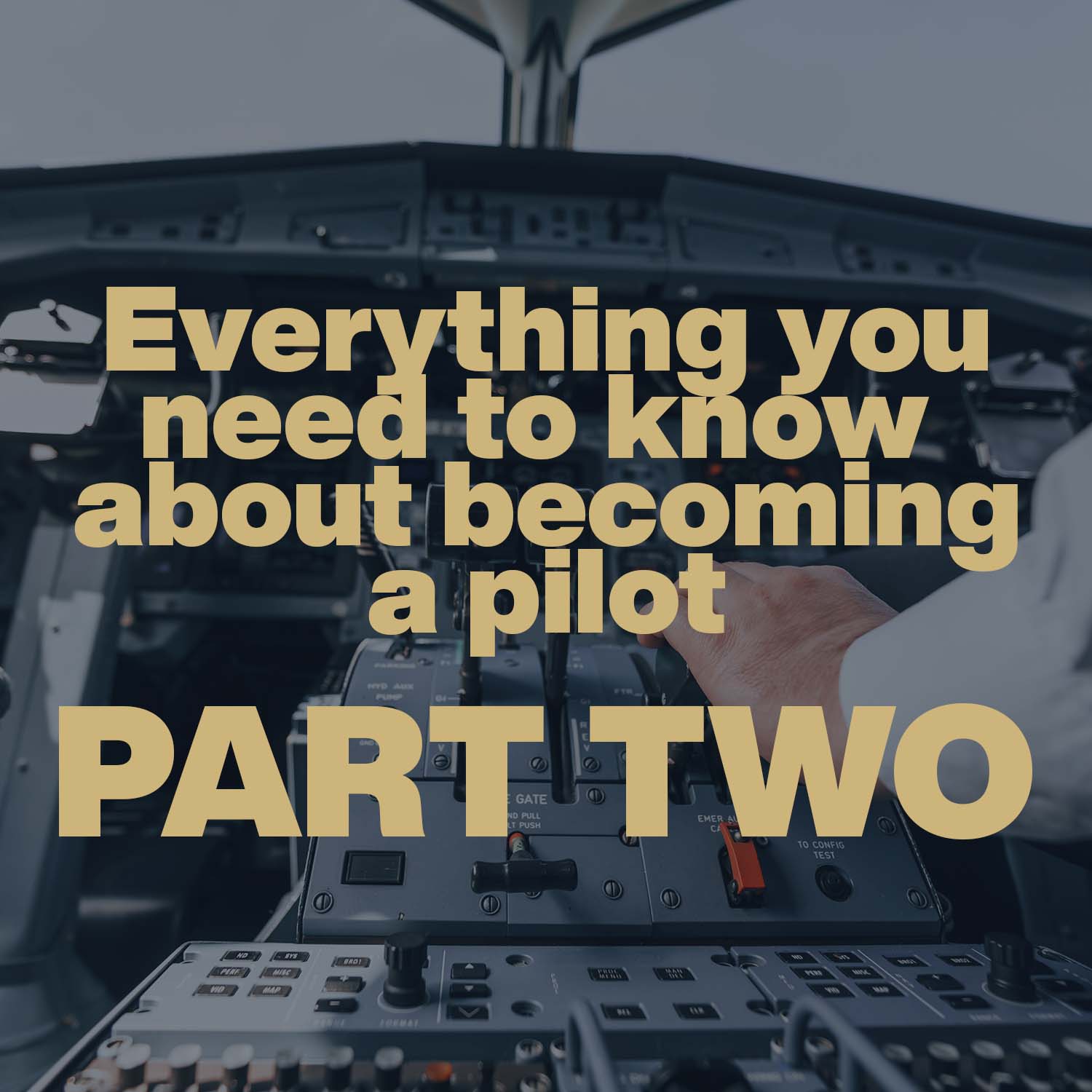
How to Become a Pilot – Part Two
14 December 2022
Flight Training in Vancouver
3 January 2023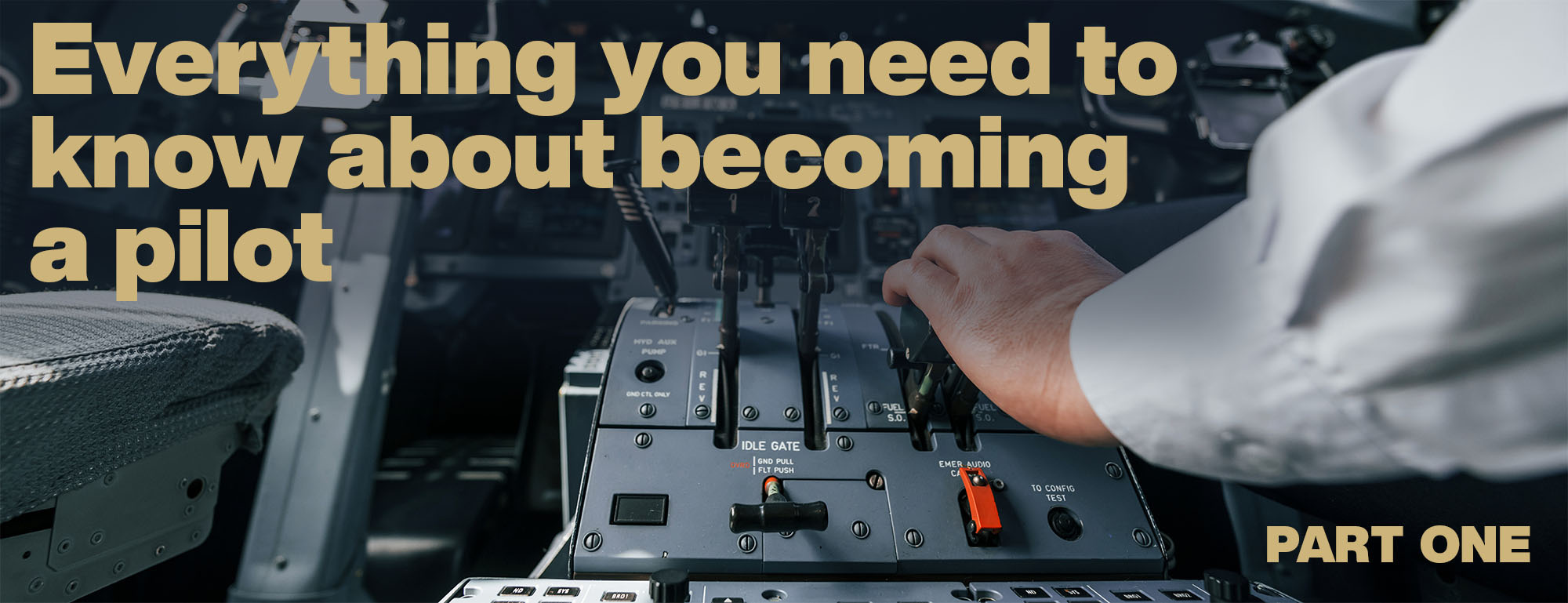
PART ONE
This article is part one of a two part series.
Introduction
This two part article aims to describe how to become a pilot. Figuring out what you want is the first step in learning how to fly. That’s being said, you are definitely free to change your goals along the way. However, in the beginning you likely want to develop a mind map of the path to where you are going. Let us try to help you with that.
We have laid out the different domains which need consideration when trying to navigate the early stages of piloting. These are: medicals, language requirements, licensing, ratings, and post commercial pilot license.
One resource with which you will need to become familiar is the Canadian Aviation Regulations, or CARs for short. This resource is essentially the rulebook of Canadian aviation. We will refer to it often throughout the information we provide.
Pilot Medical Requirements
If you want to be the pilot in command (PIC) of an airplane you will need to be medically fit. Aviation in Canada (and other parts of the world) have doctors who are qualified specifically to give aviation medicals. You will need to have a medical completed by an appointed aviation doctor in the country in which you want to get a pilot license. In Canada, that governing body is Transport Canada (TC). If you want a Canadian pilot license you will need a medical from a Transport Canada appointed civil aviation medical examiner (CAME). Although you can search for CAMEs online, it is often a good idea to ask your flight training unit (FTU) for advice on finding a medical examiner in your area.
Categories of Medicals
There are 3 types of medicals of which you need to be aware; category 1, category 3, and category 4. Each medical varies in privileges. If you intend to fly commercially (fly for money) you will require a category 1 medical certificate. If you intend to fly privately (not for money) you will require a category 3 medical. Additionally, flying for recreation requires a category 4 medical.
Each medical correlates somewhat to different levels of responsibility. With a category 1 medical you could be the captain of a 787 Dreamliner carrying hundreds of passengers. Conversely, you could also be the captain of a Cessna 182 carrying 3 skydivers. A category 3 medical would not allow you to fly a 787 nor a 182 with paying passengers; you would be limited to non-paying passengers. However, with a category 3 you can still own and fly a fairly large and complex airplane (if you had enough money). With a category 4 medical you are limited to student pilot permits (SPP) and recreational pilot permits (RPP).
More information on Transport Canada medical certificates and license types can be found in the Canadian Aviation Regulations 404.10 (1)(2)(3)(4) (CARs).
Pilot Medical Validity Periods
Each category of medical is valid for a predetermined period of time. The validity period changes based on age and ranges from 6 months to 5 years. Indeed, more information can be found in the CARs under 404.04(6.x).
When to Get a Pilot Medical
You will need to have a valid medical appropriate for the license you hold to exercise the privileges of that license. Wondering when you need to get your very first medical and on that initial visit which category of medical you require?
What Pilot Medical Do I Need?
As mentioned, pilot medicals are closely tied to the type of license/permit you hold/desire. For your initial flight training you will require a student pilot permit (SPP) and a category 4 medical certificate to fly solo without your instructor. To start your flight training a low level medical is required. You do not need the medical until you are going to fly alone (solo) in the airplane, typically after 10 to 20 hours of instruction. It is important to know that in order to get a commercial pilot license (CPL) you will first need to get a private pilot license (PPL). You require a category 1 or a category 3 medical, respectively, for each license.
Nevertheless, category 4 medicals are much easier to get in all aspects. You do not need to see a Transport Canada appointed civil aviation medical examiner (CAME). Only a general physician is required. You also need only to complete a “Medical declaration for licenses and permits requiring a category 4 medical standard’ form. This medical gets you up and flying as a student very quickly. Here is a link to this form.
Pilot Medical Advice
Now you understand a little more about aviation medical requirements and categories. You may not initially require a category 1 medical to start training, however, you may want to consider applying for one in the early stages of your flight training. My advice, if you are certain you want to get your commercial pilot license (fly for money), go and apply for a category 1 medical at the beginning of your training. While category 1 medicals are very lenient in some areas, they are not in others. Particularly, medical conditions concerning your heart or brain. It would be difficult news to accept that you could not get a category 1 medical after you had spent $10K+ on your initial training.
If you do not have any known medical conditions and do not take any prescribed medication you will likely not have any problem getting a medical. However, I know of at least one young person that seemed healthy and upon medical examination found out otherwise. Conversely, I know of pilots with IBD (such as ulcerative colitis and Crohn's disease) and pilots who have gone through cancer that have category 1 medicals.
Everything being said, it is a good idea to start flying with an instructor before you put energy into getting a medical. This will give you a good opportunity to see if you like flying and if you want to pursue it.
Pilot English Requirements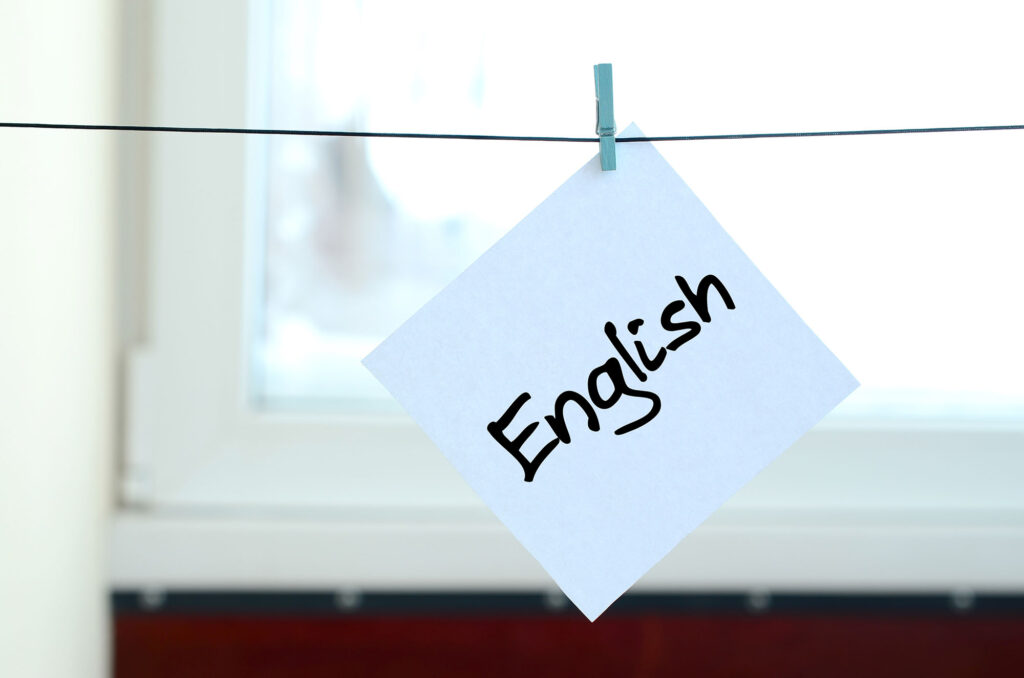
To become a pilot in Canada you will need to speak English for French. If you want to fly internationally you will need to speak English. Transport Canada recognizes two different types of English speakers; those that graduated from Canadian high schools and those who did not. Both groups will need to give a language demonstration.
Informal Demonstrations
Graduates from a Canadian high schools are eligible for an informal language speaking demonstration administered by the chief flight instructor (CFI) at your flight school. If they are satisfied you meet an ‘Expert’ level of English or French you will not need to provide a formal language proficiency demonstration.
Formal Demonstrations
Students that did not graduate from a Canadian high school you will need to demonstrate to a Transport Canada appointed Language Assessor that you meet, at minimum, the “Operational Level” on the language proficiency scale found in the Canadian Aviation Regulations (CARs) 421.06(4). However, if your instructor is satisfied you meet the level 6 language requirements you may qualify for an informal demonstration.
Need help attaining a higher level of English, Executive Compass Flying Institute has a language instructor available to assist you.
More information about language demonstrations can be found on the Transport Canada website.
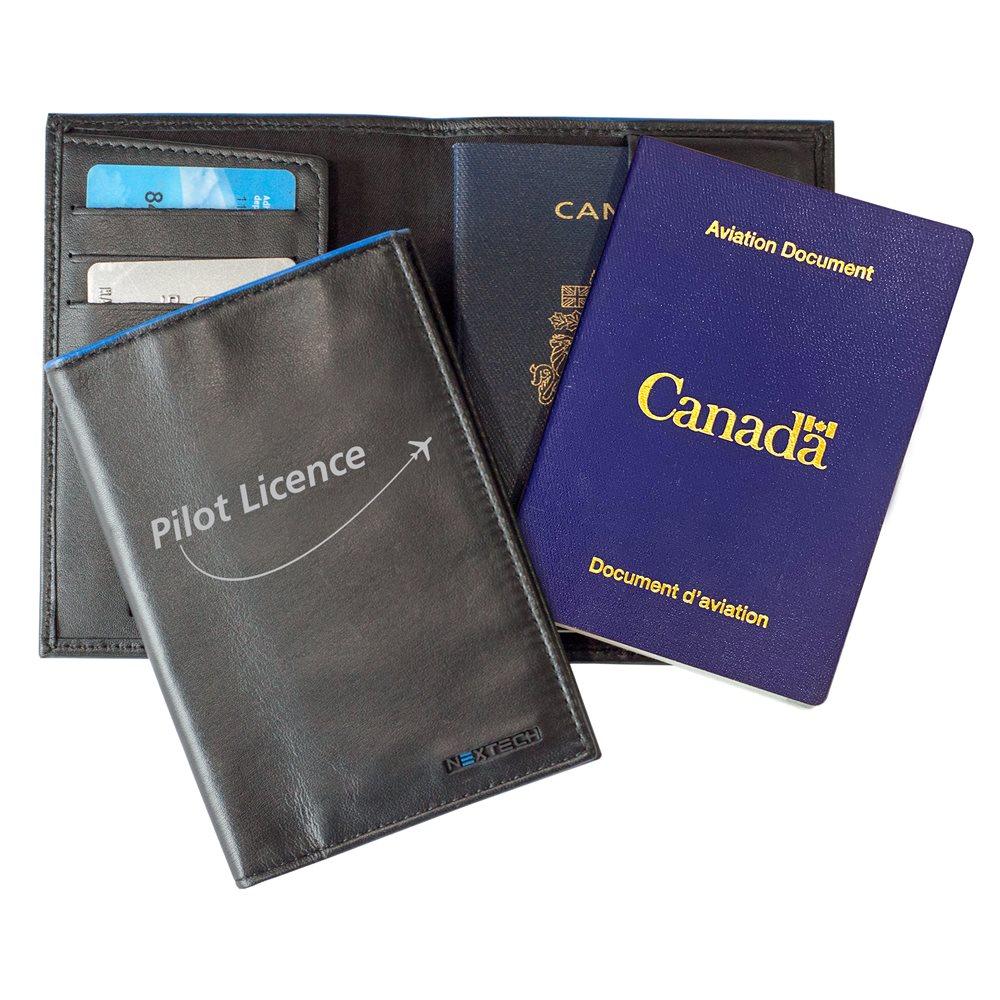 Permits & Licenses
Permits & Licenses
There are five different Transport Canada permits and licenses for airplanes that are relevant to this article: SPP, RPP, PPL, CPL, and ATPL.
Student Pilot Permits
A student pilot permit (SPP) is required for you to fly solo if you do not possess any other license or permit. It allows you to fly alone without an instructor or any passengers, hence ‘solo’. Thus, it is used to allow students deemed safe by their flight school to practice flight training without a certified instructor in the airplane. Your school will help you apply for this permit. Before the permit is issued you will need to complete a category 4 medical. Any person new to flying wanting to attain higher level permits or licenses will need to start with an SPP.
Recreational Pilot Permit
What is an RPP?
Some people chose to get a recreational pilot permit instead of a private pilot license. They are similar in their privileges except for a few important differences. You can only fly an airplane with 4 seats or less during the day and with only one passenger. Furthermore, an RPP only requires a category 4 medical.
RPP Testing
You will need to pass a written test. Also, you will be required to pass the Recreational or Private Pilot Transport Canada written examination. There is a Transport Canada flight test. These requirements can be found under CAR 421.22.
Who is an RPP for?
Someone who gets an RPP probably doesn't have any intentions working as a pilot. An RPP would likely be best suited for someone who wants to fly but only qualifies for a category 4 medical or someone who might require an airplane for private purposes such as farming. However, there could certainly be other applications where a RPP would make sense.
What is the cost of an RPP?
The cost of an RPP is based on the Transport Canada minimum requirement of 25 hours training. This must include a minimum of 15 hours of dual instruction (with an instructor) and a minimum 5 hours of solo flight time. Keep in mind that 25 hours is the minimum. You may require more hours to complete your recreational pilot permit. Anticipate that your RPP will cost anywhere from $10,000 - $15,000 depending on your ability.
Private Pilot License
What is a PPL?
The only way to get a commercial pilot license (CPL) is through a private pilot license (PPL). Passengers or airplane size is not limited with a PPL. You can also attach additional privileges to a PPL (with proper training). These privileges are known as ratings and endorsements. To sum up, the PPL and CPL are similar in privileges except for one important difference; You cannot fly for ‘hire or reward” with a PPL. There are certainly a couple other differences which you will note in the commercial pilot license explanation of this article.
PPL Testing
You will need to pass the Transport Canada Private Pilot Licence written examination. Furthermore, you will also need to attend a minimum 40 hours of ground school before you will be permitted to attempt the written exam. There is a Transport Canada flight test. You will need to possess a category 3 medical before you are granted a PPL.
Who is a PPL for?
The PPL is for anyone wanting to attain a commercial pilot license. It is also for candidates who may want additional privileges. For example, the privilege to fly at night, or to fly by instruments, or to fly a multi engine aircraft.
What is the cost of a PPL?
The cost of the PPL is based on Transport Canada’s minimum 45 hours of flight training. Of this you will need a minimum of 17 hours of dual instruction (with a flight instructor) and a minimum of 12 hours solo flight time. You will also need to consider the cost of PPL ground school. Keep in mind that 45 hours is the minimum. You will likely require more hours to complete your private pilot license. Anticipate that your PPL will cost anywhere from $15,000 - $25,000 depending on your ability.
How long will it take to get a PPL?
In as little as one month your PPL could be done. However, realistically you are looking at about 2-3 months. Another point for consideration is the weather. Flying in strong winds, rain, or clouds will not be permitted. If you are starting your PPL during the winter months in Canada expect poor weather. However, you will also need to consider the availability of airplanes and the student : airplane ratio.
Resources
Some good sources of information for pilots can be found online. Here are some sources that you might find useful.
The Canadian Aviation Regulations(CARs) and Standards
Transport Canada Flight Test Guides
Transport Canada Study and Reference Guides
Pilot Career Center
https://pilotcareercenter.com/
AvCanada
This article is part one of a two part series.
PART ONE
This article is part one of a two part series.
Introduction
This two part article aims to describe how to become a pilot. Figuring out what you want is the first step in learning how to fly. That’s being said, you are definitely free to change your goals along the way. However, in the beginning you likely want to develop a mind map of the path to where you are going. Let us try to help you with that.
We have laid out the different domains which need consideration when trying to navigate the early stages of piloting. These are: medicals, language requirements, licensing, ratings, and post commercial pilot license.
One resource with which you will need to become familiar is the Canadian Aviation Regulations, or CARs for short. This resource is essentially the rulebook of Canadian aviation. We will refer to it often throughout the information we provide.
Pilot Medical Requirements
If you want to be the pilot in command (PIC) of an airplane you will need to be medically fit. Aviation in Canada (and other parts of the world) have doctors who are qualified specifically to give aviation medicals. You will need to have a medical completed by an appointed aviation doctor in the country in which you want to get a pilot license. In Canada, that governing body is Transport Canada (TC). If you want a Canadian pilot license you will need a medical from a Transport Canada appointed civil aviation medical examiner (CAME). Although you can search for CAMEs online, it is often a good idea to ask your flight training unit (FTU) for advice on finding a medical examiner in your area.
Categories of Medicals
There are 3 types of medicals of which you need to be aware; category 1, category 3, and category 4. Each medical varies in privileges. If you intend to fly commercially (fly for money) you will require a category 1 medical certificate. If you intend to fly privately (not for money) you will require a category 3 medical. Additionally, flying for recreation requires a category 4 medical.
Each medical correlates somewhat to different levels of responsibility. With a category 1 medical you could be the captain of a 787 Dreamliner carrying hundreds of passengers. Conversely, you could also be the captain of a Cessna 182 carrying 3 skydivers. A category 3 medical would not allow you to fly a 787 nor a 182 with paying passengers; you would be limited to non-paying passengers. However, with a category 3 you can still own and fly a fairly large and complex airplane (if you had enough money). With a category 4 medical you are limited to student pilot permits (SPP) and recreational pilot permits (RPP).
More information on Transport Canada medical certificates and license types can be found in the Canadian Aviation Regulations 404.10 (1)(2)(3)(4) (CARs).
Pilot Medical Validity Periods
Each category of medical is valid for a predetermined period of time. The validity period changes based on age and ranges from 6 months to 5 years. Indeed, more information can be found in the CARs under 404.04(6.x).
When to Get a Pilot Medical
You will need to have a valid medical appropriate for the license you hold to exercise the privileges of that license. Wondering when you need to get your very first medical and on that initial visit which category of medical you require?
What Pilot Medical Do I Need?
As mentioned, pilot medicals are closely tied to the type of license/permit you hold/desire. For your initial flight training you will require a student pilot permit (SPP) and a category 4 medical certificate to fly solo without your instructor. To start your flight training a low level medical is required. You do not need the medical until you are going to fly alone (solo) in the airplane, typically after 10 to 20 hours of instruction. It is important to know that in order to get a commercial pilot license (CPL) you will first need to get a private pilot license (PPL). You require a category 1 or a category 3 medical, respectively, for each license.
Nevertheless, category 4 medicals are much easier to get in all aspects. You do not need to see a Transport Canada appointed civil aviation medical examiner (CAME). Only a general physician is required. You also need only to complete a “Medical declaration for licenses and permits requiring a category 4 medical standard’ form. This medical gets you up and flying as a student very quickly. Here is a link to this form.
Pilot Medical Advice
Now you understand a little more about aviation medical requirements and categories. You may not initially require a category 1 medical to start training, however, you may want to consider applying for one in the early stages of your flight training. My advice, if you are certain you want to get your commercial pilot license (fly for money), go and apply for a category 1 medical at the beginning of your training. While category 1 medicals are very lenient in some areas, they are not in others. Particularly, medical conditions concerning your heart or brain. It would be difficult news to accept that you could not get a category 1 medical after you had spent $10K+ on your initial training.
If you do not have any known medical conditions and do not take any prescribed medication you will likely not have any problem getting a medical. However, I know of at least one young person that seemed healthy and upon medical examination found out otherwise. Conversely, I know of pilots with IBD (such as ulcerative colitis and Crohn's disease) and pilots who have gone through cancer that have category 1 medicals.
Everything being said, it is a good idea to start flying with an instructor before you put energy into getting a medical. This will give you a good opportunity to see if you like flying and if you want to pursue it.
Pilot English Requirements
To become a pilot in Canada you will need to speak English for French. If you want to fly internationally you will need to speak English. Transport Canada recognizes two different types of English speakers; those that graduated from Canadian high schools and those who did not. Both groups will need to give a language demonstration.
Informal Demonstrations
Graduates from a Canadian high schools are eligible for an informal language speaking demonstration administered by the chief flight instructor (CFI) at your flight school. If they are satisfied you meet an ‘Expert’ level of English or French you will not need to provide a formal language proficiency demonstration.
Formal Demonstrations
Students that did not graduate from a Canadian high school you will need to demonstrate to a Transport Canada appointed Language Assessor that you meet, at minimum, the “Operational Level” on the language proficiency scale found in the Canadian Aviation Regulations (CARs) 421.06(4). However, if your instructor is satisfied you meet the level 6 language requirements you may qualify for an informal demonstration.
Need help attaining a higher level of English, Executive Compass Flying Institute has a language instructor available to assist you.
More information about language demonstrations can be found on the Transport Canada website.
Permits & Licenses
There are five different Transport Canada permits and licenses for airplanes that are relevant to this article: SPP, RPP, PPL, CPL, and ATPL.
Student Pilot Permits
A student pilot permit (SPP) is required for you to fly solo if you do not possess any other license or permit. It allows you to fly alone without an instructor or any passengers, hence ‘solo’. Thus, it is used to allow students deemed safe by their flight school to practice flight training without a certified instructor in the airplane. Your school will help you apply for this permit. Before the permit is issued you will need to complete a category 4 medical. Any person new to flying wanting to attain higher level permits or licenses will need to start with an SPP.
Recreational Pilot Permit
What is an RPP?
Some people chose to get a recreational pilot permit instead of a private pilot license. They are similar in their privileges except for a few important differences. You can only fly an airplane with 4 seats or less during the day and with only one passenger. Furthermore, an RPP only requires a category 4 medical.
RPP Testing
You will need to pass a written test. Also, you will be required to pass the Recreational or Private Pilot Transport Canada written examination. There is a Transport Canada flight test. These requirements can be found under CAR 421.22.
Who is an RPP for?
Someone who gets an RPP probably doesn't have any intentions working as a pilot. An RPP would likely be best suited for someone who wants to fly but only qualifies for a category 4 medical or someone who might require an airplane for private purposes such as farming. However, there could certainly be other applications where a RPP would make sense.
What is the cost of an RPP?
The cost of an RPP is based on the Transport Canada minimum requirement of 25 hours training. This must include a minimum of 15 hours of dual instruction (with an instructor) and a minimum 5 hours of solo flight time. Keep in mind that 25 hours is the minimum. You may require more hours to complete your recreational pilot permit. Anticipate that your RPP will cost anywhere from $10,000 - $15,000 depending on your ability.
Private Pilot License
What is a PPL?
The only way to get a commercial pilot license (CPL) is through a private pilot license (PPL). Passengers or airplane size is not limited with a PPL. You can also attach additional privileges to a PPL (with proper training). These privileges are known as ratings and endorsements. To sum up, the PPL and CPL are similar in privileges except for one important difference; You cannot fly for ‘hire or reward” with a PPL. There are certainly a couple other differences which you will note in the commercial pilot license explanation of this article.
PPL Testing
You will need to pass the Transport Canada Private Pilot Licence written examination. Furthermore, you will also need to attend a minimum 40 hours of ground school before you will be permitted to attempt the written exam. There is a Transport Canada flight test. You will need to possess a category 3 medical before you are granted a PPL.
Who is a PPL for?
The PPL is for anyone wanting to attain a commercial pilot license. It is also for candidates who may want additional privileges. For example, the privilege to fly at night, or to fly by instruments, or to fly a multi engine aircraft.
What is the cost of a PPL?
The cost of the PPL is based on Transport Canada’s minimum 45 hours of flight training. Of this you will need a minimum of 17 hours of dual instruction (with a flight instructor) and a minimum of 12 hours solo flight time. You will also need to consider the cost of PPL ground school. Keep in mind that 45 hours is the minimum. You will likely require more hours to complete your private pilot license. Anticipate that your PPL will cost anywhere from $15,000 - $25,000 depending on your ability.
How long will it take to get a PPL?
In as little as one month your PPL could be done. However, realistically you are looking at about 2-3 months. Another point for consideration is the weather. Flying in strong winds, rain, or clouds will not be permitted. If you are starting your PPL during the winter months in Canada expect poor weather. However, you will also need to consider the availability of airplanes and the student : airplane ratio.
Resources
Some good sources of information for pilots can be found online. Here are some sources that you might find useful.
The Canadian Aviation Regulations(CARs) and Standards
Transport Canada Flight Test Guides
Transport Canada Study and Reference Guides
Pilot Career Center
https://pilotcareercenter.com/
AvCanada
